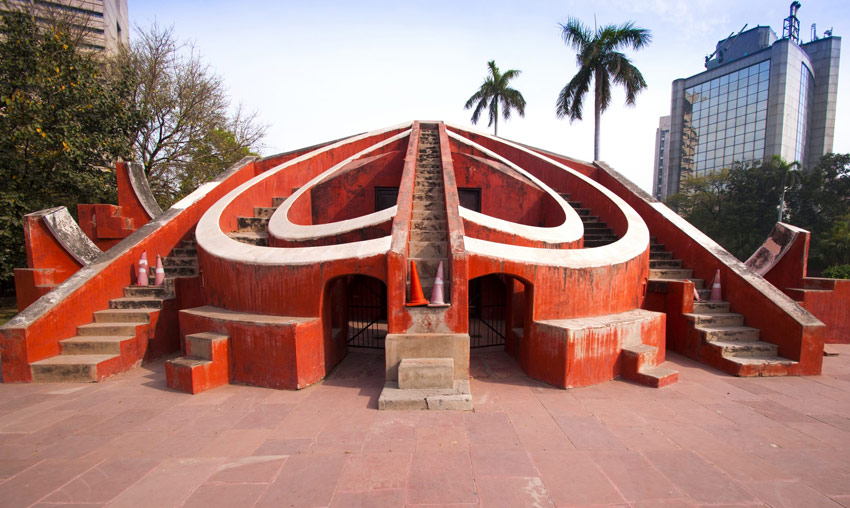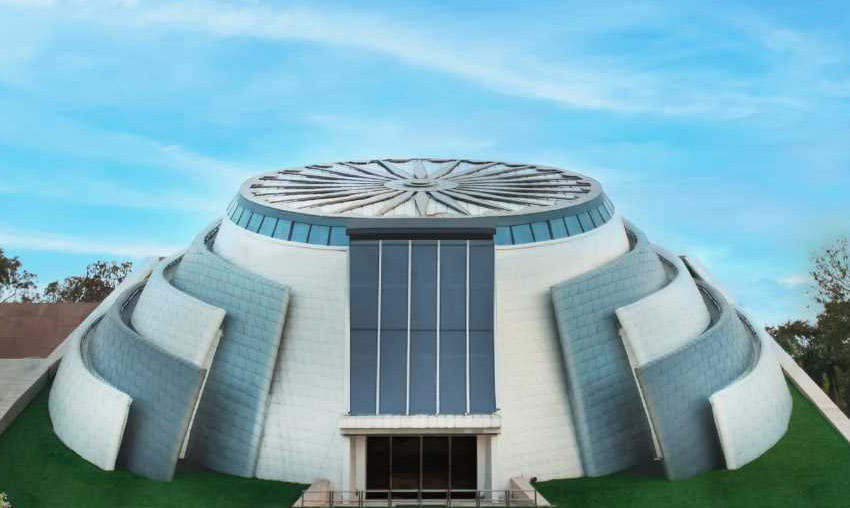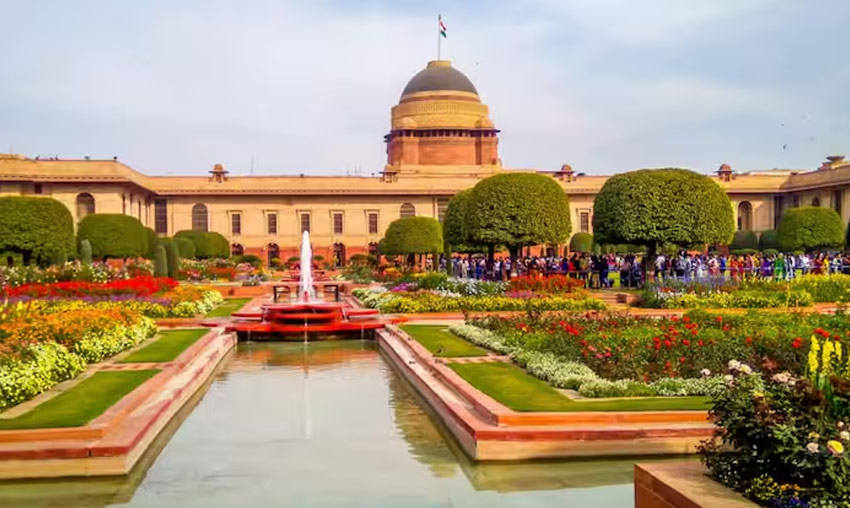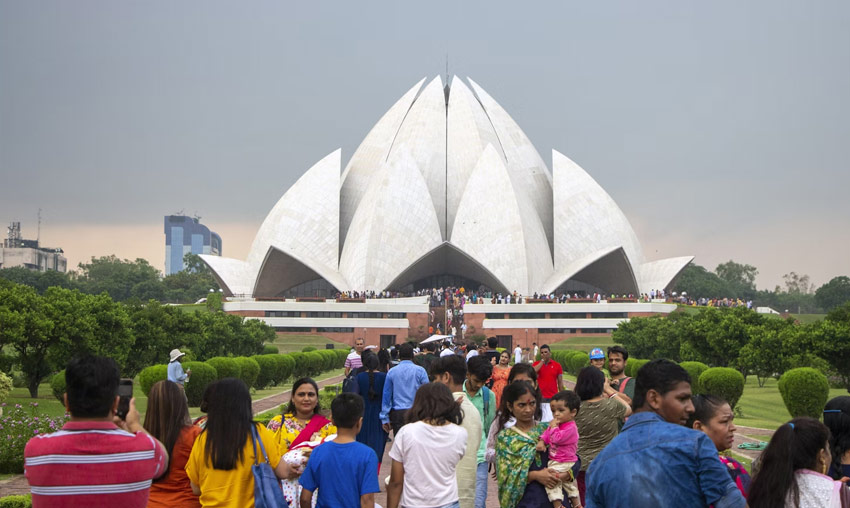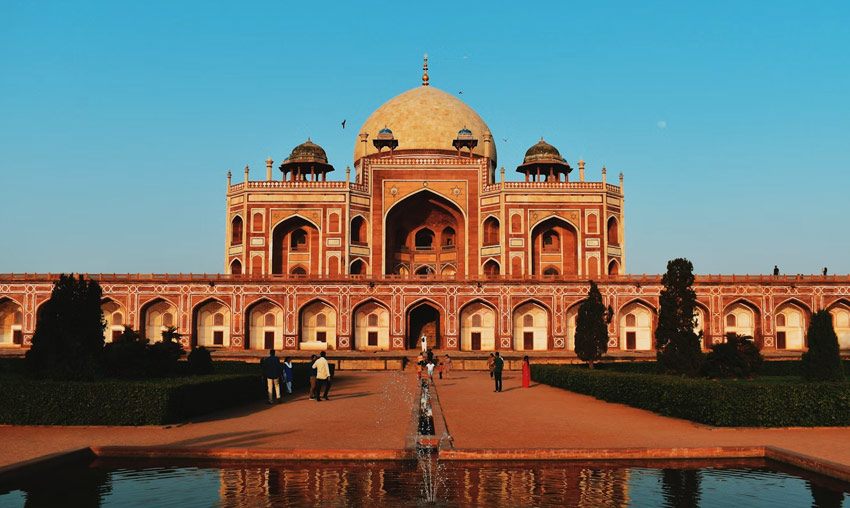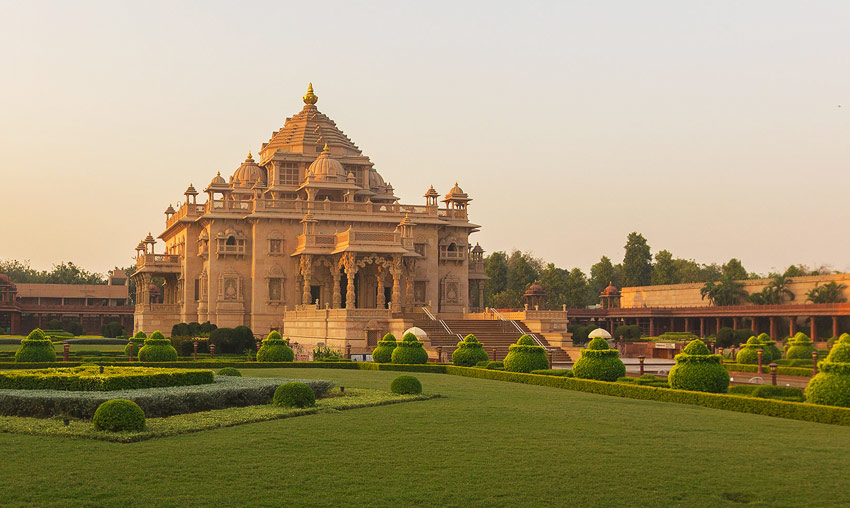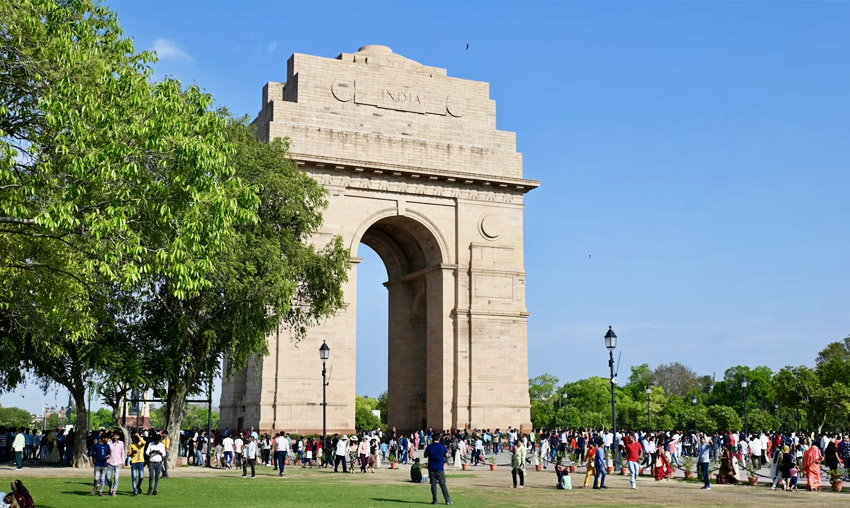Jantar Mantar Delhi – Location, Timings, History and Nearest Metro
Situated on Parliament Street in the southern Connaught Circle of New Delhi, Jantar Mantar is an expansive observatory designed to support and enhance the existing research on time and space. It was constructed in 1724 by Maharaja Jai Singh and is one of five observatories of this type that are situated at Jaipur, Ujjain, Varanasi, and Mathura.
Overview
The thirteen architectural astronomy equipment in Delhi’s Jantar Mantar can be used to create astronomical tables and forecast the motion and timing of the sun, moon, and planets. The observer was able to use only their naked eyes to mark the positions of celestial bodies because to the clever design and positioning of these instruments.
Muhammad Shah gave Maharaja Jai Singh II of Jaipur instructions to build this observatory since he was very interested in these astronomical observations and the study of all the systems. Constructed from brick, debris, and lime plaster, these instruments have undergone periodic restorations without undergoing major modifications.
The device in question is related to Ptolemaic astronomy in Egypt and tracks the positions of celestial bodies using three traditional celestial coordinate systems: the ecliptic, horizon-zenith local, and equatorial systems. The Samrat Yantra, Jai Prakash, Ram, and Misra Yantras are the four main devices built here. To the east of the main site is a minor shrine dedicated to Bhairava, which was constructed by Maharaja Jai Singh II.
History of Jantar Mantar
Sawai the King Emperor Muhammad Shah assigned Jai Singh, a distinguished scholar in his own right, the responsibility of verifying and correcting the existing information on the motion of celestial bodies. Jai Singh wished to improve the antiquated Islamic zij tables in order to pinpoint the precise time of day. In the end, he aimed to create an exact calendar and provide reliable astrological forecasts for the good of society and the individual. He constructed Jantar Mantar in 1724 in order to do this, with the Delhi observatory being the first to be constructed. Eventually, more observatories were built in Mathura, Ujjain, Varanasi, and Jaipur. But by 1867, this observatory’s state had significantly declined.
Structures Inside Jantar Mantar
The Jantar Mantar observatory in New Delhi is equipped with a number of instruments, including the Samrat Yantra, Jayaprakash, and Misra Yantra. Measuring 70 feet high, 114 feet long, and 10 feet thick, the Samrat Yantra is a gigantic triangle. This sundial has a half-second precision feature that allows it to determine the precise time of day. While sundials were already in use at the time, the Samrat Yantra was innovative since it was incredibly accurate and could also be used to determine the planets’ declination angles.
The concave surfaces of the hollowed-out hemispheres that make up the Jayaprakash Yantra bear various markings. From within, a viewer can match the age of a window or the position of a star with different markers. The Misra Yantra was created to calculate the longest and shortest days of the year. It also shows the precise time of noon in other cities and places, independent of how far away from Delhi they are. It’s interesting to note that Raja Jai Singh only created one tool in the observatory—the Misra Yantra. The two circular structures south of Jai Prakash are likewise represented by a Ram Yantra.
How To Reach Jantar Mantar, Delhi
Because Jantar Mantar is easily accessible, it is situated on Parliament Street, Janpath. The closest metro stations are Janpath Metro Station, which is one kilometre away, Rajiv Chowk, and Patel Chowk. Outside the metro stations are places where you can get a taxi or an autorickshaw. As an alternative, you could choose to take a bus. The Palika Kendra bus stop is situated directly outside Jantar Mantar’s entrance.
